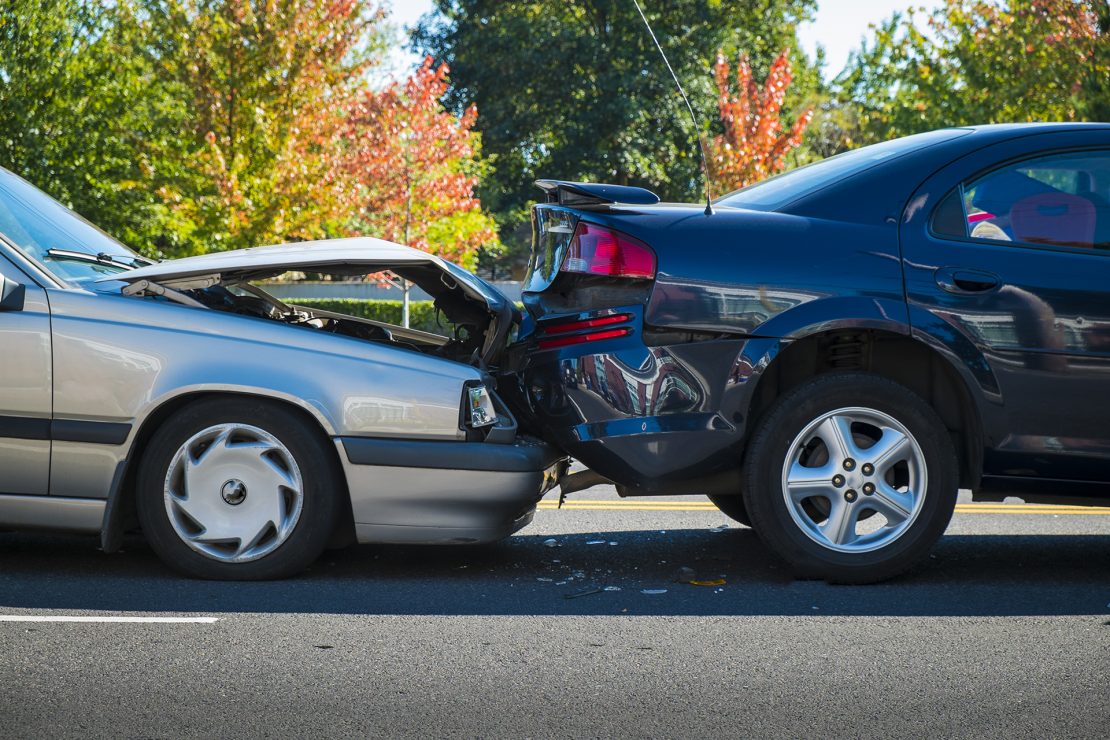Long Island Rear-end Collisions Accident Lawyer
When you have been injured in a car accident it is imperative to seek medical attention, and then the advice of a rear-end collision accident lawyer in Long Island. They can advise you of your rights and the traffic laws in New York that affect your case.
Common Causes of Rear-End Collisions
One of the most common reasons for rear-end collisions is tailgating, or one driver following another car too closely. This prevents the driver from behind from having the proper reaction time if the car in front slows down or stops suddenly.
The second most common reason for rear-end collisions is distracted driving. This can even happen when the car is at a stop sign or a stoplight and the driver, confident in their foot on the break, tries to reach for something or do something that they should not do until they can park their car. The result of this decision is that their foot leaves the brake and their vehicle slams into the back of the car in front of them.

Common Types of Injuries
The most common physical injury after a rear-end car accident is whiplash and other head or neck injuries. These injuries are the result of the head being forcefully jolted forward from the impact from behind, and then the back of their head hitting the headrest. These motions cause the muscles in the neck to move rapidly and beyond their normal range of motion, which stretches and tears the muscles, tendons, and ligaments. Understandably, the next most common physical injuries after a rear-end car accident involve the brain, back, and spine. These tend to be life-threatening and need to be addressed immediately. Other injuries that a victim can suffer from a rear-end car accident include:
- Arm, wrist, and elbow injuries
- Leg, ankle, and knee injuries
- Broken bones
- Fractured ribs
- Paralysis
Injuries that are not physical include emotional trauma, which is covered in damages for pain and suffering.
Determining Fault
New York is a no-fault state. This means that in the event of a car accident, the insurance companies of all the parties involved are required to pay a percentage of the damages regardless of who was at fault. To cover this, New York requires drivers to carry Personal Injury Protection (PIP) insurance.
How A Long Island Rear-End Collision Lawyer Can Help You
Most personal injury attorneys work on a contingency fee basis which means that you do not pay unless your attorney wins your case for you, in which case their fees would come out of your award amount. A lot of them also offer free consultations and only take cases that they feel confident have the potential to win. Seek an attorney right away to avoid your case being dismissed for taking too long.

